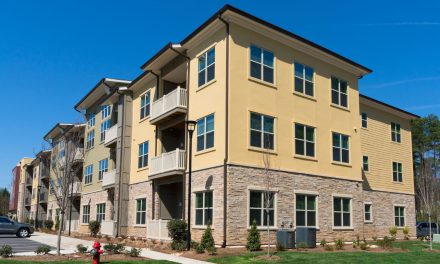The highest residential rents in the nation are found in California. This is bad news for renters, whose incomes haven’t been able to keep up with rising rents in 2015.
For instance, the average renter in Los Angeles spends 49% of their monthly income on rent, according to Zillow. In San Francisco, rental payments average 46% of monthly incomes. For perspective, rental or mortgage payments are best limited to 33% of a household’s monthly income.
The top third of households spending the highest share of their income on rent are classified as having a high rent burden. The bottom third — spending the smallest share of their income on rent — are classified as having a low rent burden.
Since a renter has to live somewhere, what’s a renter to do? Moving to one of California’s cheaper regions is out of the question for many households, who rely on jobs in specific locations. However, these jobs provide limited income raises, which in recent years haven’t kept up with increased rental costs. Therefore, the answer is simply to pay the rent — and this means renters need to cut back expenses in other areas of their lives.
The first expense high rent burdened renters tend to ditch in favor of a rent payment is preventative health care. In 2014:
- 40% of high rent burdened renters skipped dental care;
- 13% skipped doctor-recommended follow-up care;
- 8% skipped doctor-recommended mental health care or counseling;
- 23% did not purchase prescription medication;
- 25% did not see any doctor; and
- 16% did not see a doctor-recommended specialist, according to Zillow.
Those with low rent burdens saw dentists, doctors and purchased prescriptions far more often than those with high rent burdens. Homeowners were the best among the bunch for receiving dental care, seeing the doctor and purchasing prescriptions.
Financial professionals recommend storing at least three months of expenses in savings, in case of a job loss or other emergency. However, those with high rent burdens not only skip on healthcare, but their savings also take a hit. In a nationwide survey by the Federal Reserve Board, households were asked if they have enough put away in savings to cover three months of expenses. The response was depressing for renters, as:
- 57% of homeowners had enough savings;
- 37% of those with low rent burdens had enough savings;
- 30% of those with average rent burdens had enough savings; and
- only 22% of those with high rent burdens had enough savings to cover three months of expenses.
All of this is bad news for real estate agents, whose future source of income relies on first-time homebuyers, fueled by today’s renters. Current renters are by and large missing the required savings to be financially secure — let alone afford the required down payment or closing costs on a future home purchase.
The main culprit is a lack of rental supply, compounded by stagnant incomes. California population growth continues to exceed construction of new housing, including multi-family rental housing. Therefore, landlords are inclined to increase rents, a natural side effect of a supply and demand imbalance.
The good news is, new multi-family construction continues to increase as California’s economy strengthens.
Trends point to a 20% increase in multi-family construction in 2015, and continued growth in the coming years. Residential construction will peak towards the end of this decade, as the first-time homebuyer generation (members of Generation Y) finally make their delayed entry into homeownership.
While we wait for California’s rental supply to catch up with demand, there are some policy changes that would ease today’s high rent burden. These include:
- loosening zoning which restricts multi-family or mixed-use development; and
- expanding and increasing California’s renter tax credit.
For some ideas on what an individual real estate professional can do to help renters become homeowners, see: Residential rents outpace home prices.















